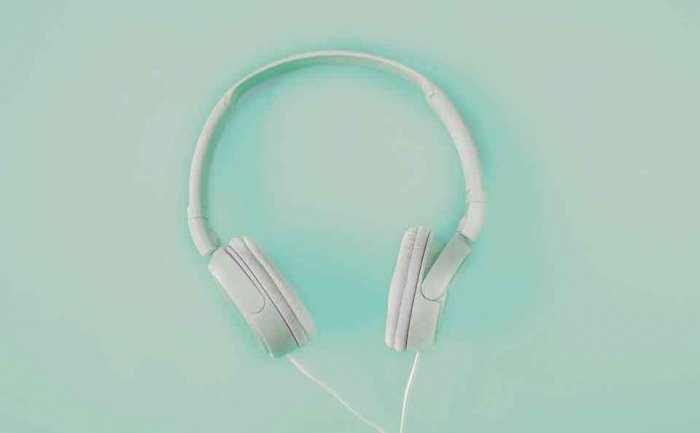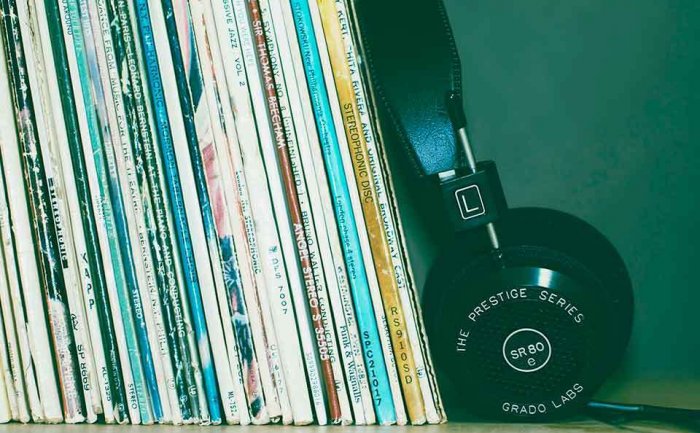Help

Written by Luca Lampariello.
“Adopt the pace of nature. Nature's secret is patience” -
When people ask me how to improve their listening comprehension in a foreign language, the same story always comes to mind:
What struck me from the very beginning was that Alex was quite frustrated with his progress.
“No matter what I do, I can’t understand Spanish. I practice my listening skills all the time, but nothing seems to work.”
"Well, I watch movies and videos online," he said. "No matter how hard I try, though, I can hardly understand anything.
"They all talk too fast," he finally added.
It was then that I understood the problem. I had seen it in many students before, and even encountered it myself.
To help Alex succeed, I needed to shift his mindset. I needed to convince him to change his listening routine so that he could learn, and improve at the proper pace. Without this shift, I feared he would keep getting frustrated, and possibly stop learning.
I will share these very same tips with you today.
Let's dive in.
1. Choose Comprehensible Input
The most important thing you must do when looking to improve your listening skills is listen to material that you already mostly understand.
This kind of material, known as "comprehensible input," is any audio content that's slightly above your current skill level.
It may seem counter-intuitive to listen to material that is just above your skill level, but it is actually extremely important.
2. Listen to What You Enjoy

Understanding most of what you listen to is the fundamental step to improving your skills. Once you have that in place, you then need to decide exactly what kinds of comprehensible content you will practice with.
In real terms, this means that you should be very picky about what you do and do not use as a listening resource.
3. Focus on the Big Picture, Not Small Details
Of all the major language skills, listening requires the most focus. This is because if you don't focus on what you're listening to, you may miss the core "message" that is being communicated.
When I say "big picture," I mean the gist, or general message, of what you're listening to. If someone says to you, "What kind of movies do you like?" you can get the gist merely by understanding the words "what," "movies," and "like," or even just "movies" and "like." Those two words can give you most of the key context of the sentence, even if you don't understand the five other words alongside them.
So don't give up if you don't understand the occasional word. Simply keep listening, and focus on the "big picture" that you do understand in order to fill in any missing information.
4. Listen and Re-listen at Different Speeds
If beginner learners of any language can agree on one thing, it's this: language spoken at native speed is fast.
- When speaking to one or more native speakers, you can just politely ask them to slow down when they speak to you, or repeat certain details slowly.
5. Learn Actively by Taking Notes

As learners, it is easy to view listening as an exclusively passive activity. Unlike speaking, reading, and writing, you don't really need to do anything at all to listen; you just need to be within earshot, and the sounds will enter your ears on their own.
- Write down the topic of the audio
- If there are multiple speakers, write down their names, or come up with labels for each (e.g. Speaker 1, Speaker 2)
- Write down the gist of what each speaker says, including any main points they try to communicate
- If you frequently hear a word you do not understand, try to write it down so you can look it up later
- If there's a word or sentence you find interesting, write it down so that you can practice using it in your own conversations.
6. Vary Your Listening Routine
For any language learning routine to be successful, it needs to keep you interested. For long-term success, you need to be engaged in a variety of different activities that challenge you and make you want to keep learning, day after day.
Even if you like playing back language audio while sitting at your desk, don't do that all the time. Try to listen to your target language at other places and times as well.
- reading a transcript of the audio
- doing household chores
- commuting to and from work
- exercising
- listening to target language music
7. Be Patient
Remember my student Alex?
Even from the very beginning, I could tell that he was in a rush to learn Spanish well. He studied so hard, and always tried to dive right into high-level materials, even before he was ready. And as you know, it didn't really work.
Time to be All Ears!
Remember Alex, my American student?
After we began working together, I helped him immediately implement these seven tips into his language learning routine.
- find listening material that was slightly above his level;
- focus on content that he found enjoyable and interesting;
- listen for the main points in the audio he listened to without getting distracted by what he didn’t understand;
- practice listening at slow, moderate, and fast speeds;
- take notes while listening to improve comprehension and retain vocabulary;
- test out a variety of different listening activities;
- practice patience and trust in the learning process.
He now feels at ease when having conversations with native speakers, watching movies, and listening to the radio—all things he wanted to do from the very beginning.
In the end, what Alex needed was not motivation, or any new goals or resources.
Now you have those steps as well.
If you want to improve your listening, just walk the path. Test out the tips I have shared today, and practice them again and again until they are second nature.
Related topics:
- Practice your French: How?
- Why find a passion for learning languages on the internet?
- Tips on learning Chinese characters
- Will you improve your memory by learning languages?
Comments
 4
4
 1
1
 1
All
1
All
 | michaeldollarsJuly 2024 Thank you for sharing your perspective on the article. Understanding why certain procedures are necessary can indeed make a significant difference in their effectiveness. I'm glad the explanation resonated with you and helped clarify things. If you have any more insights or questions to share, feel free to continue the discussion! Additionally, for more insights on darknet deals by Natan and you might find it useful to explore further details on reliable platforms. |
 English
English | TuktaSupapornJune 2019 This article is very useful to me. Has anyone ever told me how Like your opinion But he didn't explain why he had to do that So I don't think it will work. When I read your article Which is thoroughly explained Why do you need to follow this procedure? Makes me understand and think that it will work. Thank you very much ???? |
 English
English | YesiMashaJanuary 2020 Thank you for information. I thing the same way. |
 English
English | rozwidhlegwizDecember 2019 thanks your good article |
 English
English
vincentMay 2019 I'm glad you liked the article













































 Source: Luca Lampariello (English version)
Source: Luca Lampariello (English version)